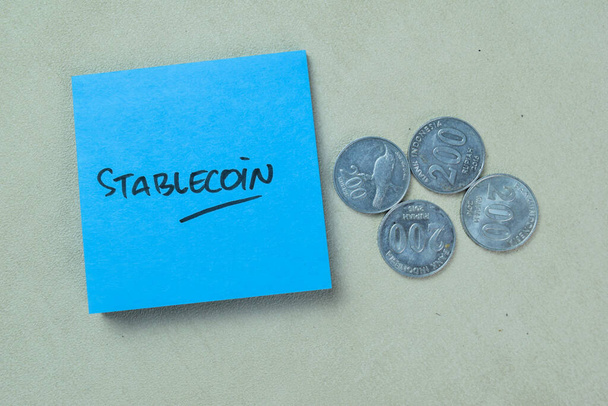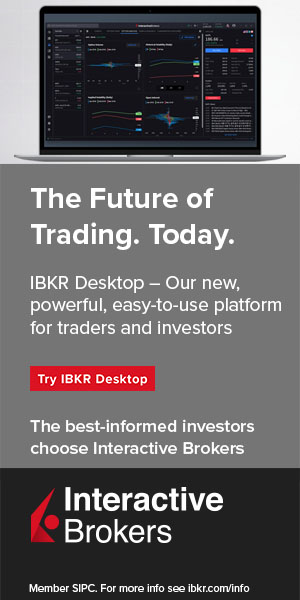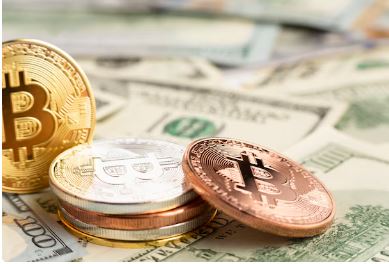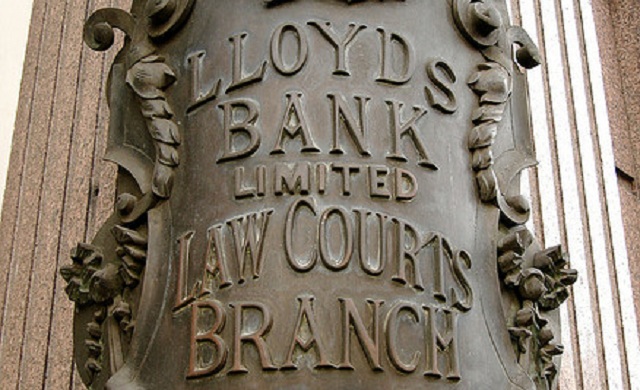The stablecoin market has experienced a significant surge this year, with its total market capitalization expanding by 30% from $130 billion to nearly $170 billion. This marks a new two-year high, reflecting a growing public appetite for cryptocurrencies as a viable alternative to traditional banking.

As Paolo Ardoino, CEO of Tether, noted, “The global adoption of digital assets is fueled by the increasing need for efficient cross-border transactions, financial inclusion, and alternatives to unstable fiat currencies.”
Stablecoins, designed to maintain a stable peg to fiat currencies, have become popular for their low volatility and suitability for everyday transactions. While most stablecoins aim to peg to the U.S. dollar, their underlying mechanisms can vary significantly. Some are backed by cash and equivalents, while others rely on crypto assets and short future positions.
Here are the top stablecoins by market capitalization that are driving the crypto market in 2024:
1. USDT (Tether)
Market Cap: $118 Billion
Launched: 2014
USDT is the largest stablecoin, representing nearly 70% of the global stablecoin market, according to Nansen data. In 2023, USDT’s market share grew significantly, rising from 48% to 70%. Tether backs USDT by holding reserves primarily in U.S. Treasury bills, money market funds, and reverse repurchase agreements, according to its June 2024 transparency report.
Despite regular attestations of its reserves, Tether has yet to undergo a formal audit, a point of criticism from industry observers. The Tron network holds nearly 50% of USDT, while Ethereum accounts for 39%, though the average USDT transaction size on Ethereum is much larger than on Tron.
2. USDC (USD Coin)
Market Cap: $33.8 Billion
Launched: 2018
USDC, developed by Circle in partnership with Coinbase, has seen its market cap fluctuate. It peaked at $55.6 billion in July 2022 but dropped by over half by the end of 2023. This decline was primarily due to the depegging of USDC in March 2023, following the collapse of Silicon Valley Bank and Silvergate Bank, where Circle held some reserves.
Coinbase plays a key role in USDC’s ecosystem, holding a significant amount of USDC on its Base network. Ethereum hosts two-thirds of the USDC supply, with larger average transaction sizes compared to other networks.
3. USDS (formerly DAI)
Market Cap: $5.3 Billion
Launched: 2014
MakerDAO, a major player in the DeFi space, rebranded to “Sky” and introduced upgraded versions of its stablecoin, DAI, and governance token MKR. Unlike centralized issuers like Tether and Circle, USDS is managed by a decentralized autonomous organization (DAO), allowing token holders to influence the platform’s direction. USDS is the largest decentralized stablecoin.
As part of its “Endgame” initiative, which began in 2022, Sky’s overhaul aims to make DeFi more accessible. USDS, backed by assets like ETH and wrapped BTC, is the successor to DAI. However, controversy surrounds its potential freeze function, allowing governance members to limit token use, though it hasn’t been activated yet. Most of DAI currently resides in Ethereum smart contracts, with large average transaction sizes, indicating it’s primarily used by institutions rather than retail investors.

Source: create.vista.com
4. USDe
Market Cap: $2.9 Billion
Launched: 2024
Ethena’s USDe stablecoin has rapidly grown to a $2.9 billion market cap in less than a year. USDe maintains its dollar peg through derivatives strategies, using staked ETH, SOL, and BTC as collateral. By employing delta hedging, Ethena minimizes price volatility and ensures stability.
Initially, USDe’s appeal was driven by high yields, but its growth has slowed, with the market cap dropping 20% from a peak of $3.6 billion as yields decreased. Despite this, USDe continues to attract attention, with average transaction sizes on Ethereum exceeding other stablecoins like USDC and USDT.
4. FDUSD
Market Cap: $2.7 Billion
Launched: 2023
First Digital Group’s FDUSD has grown nearly 50% in 2024, fueled by promotional campaigns from Binance. Backed by cash and equivalents held in regulated financial institutions, FDUSD’s supply is predominantly on Ethereum, with Binance controlling most of its circulation. The BTC/FDUSD trading pair on Binance consistently records high volumes, showcasing its increasing popularity.
6. PYUSD
Market Cap: $1 Billion
Launched: 2023
PayPal’s stablecoin, PYUSD, has grown rapidly, especially after expanding to Solana. Initially launched on Ethereum, PYUSD now has the majority of its supply on Solana, where it’s actively used in lending protocols and decentralized exchanges. Its average transaction sizes vary significantly between Ethereum and Solana, with higher volumes on the former. PYUSD’s role in DeFi continues to grow as PayPal further integrates it into its platforms.
Learn from market wizards: Books to take your trading to the next level


 Hot Features
Hot Features










